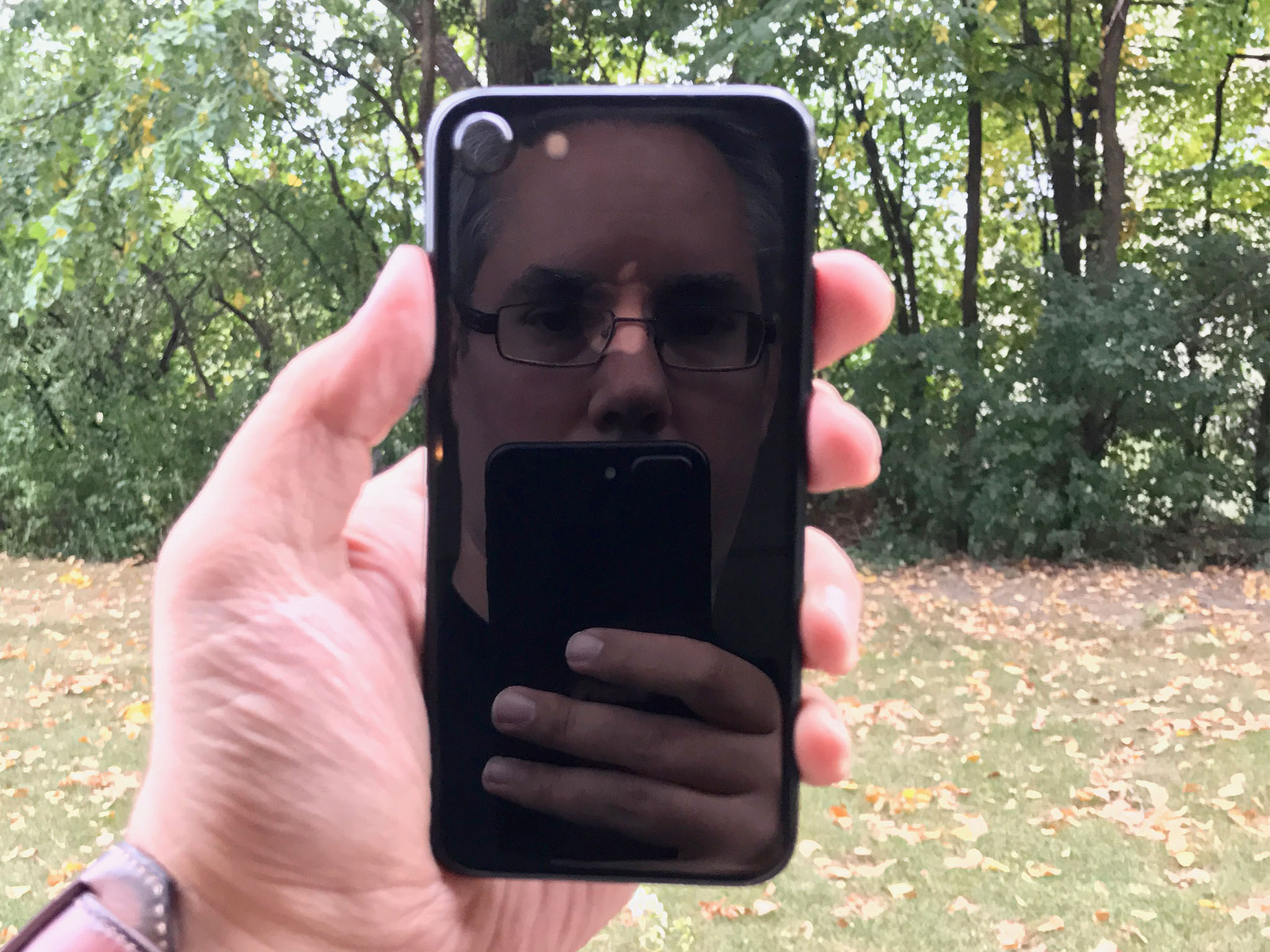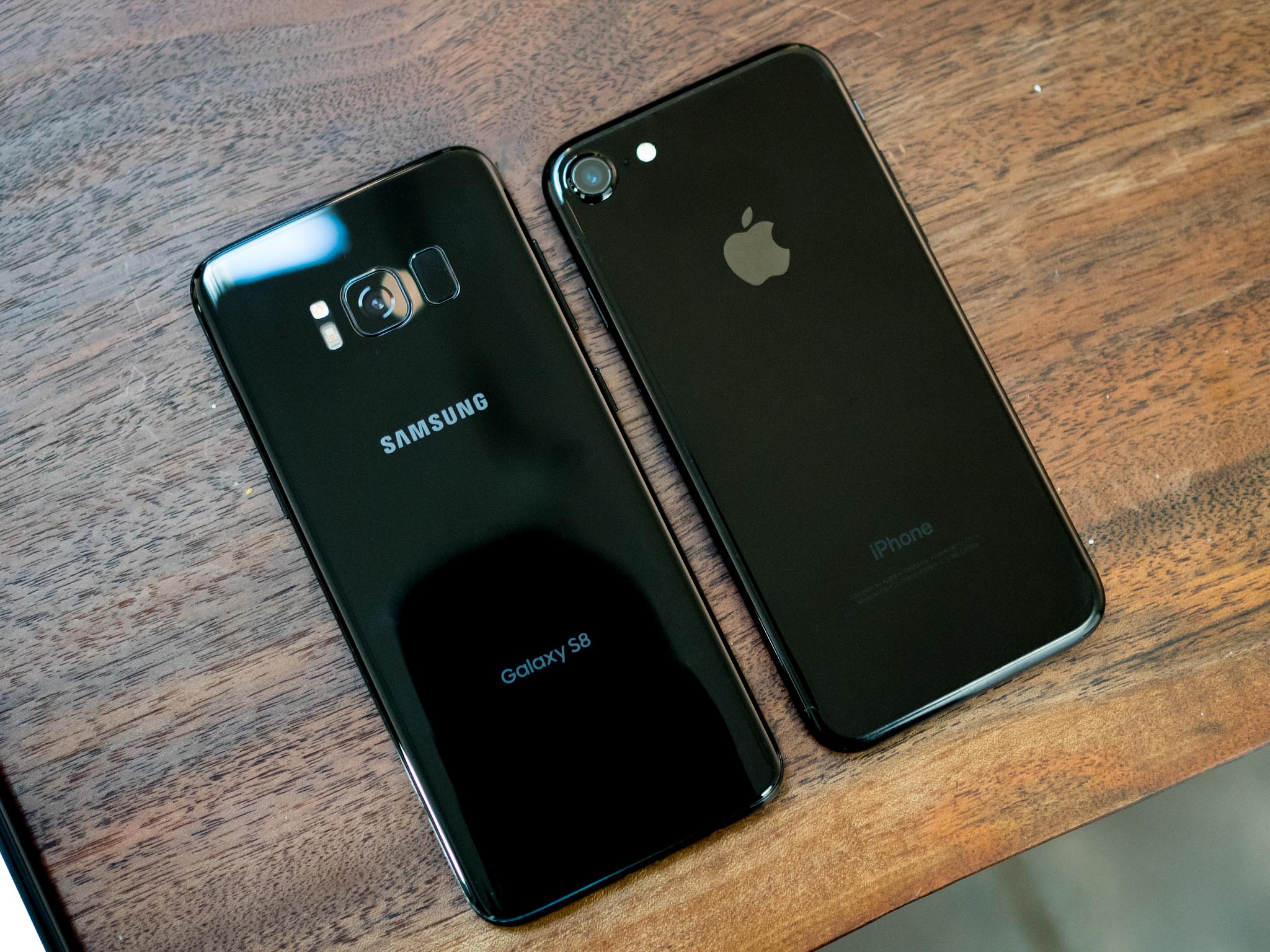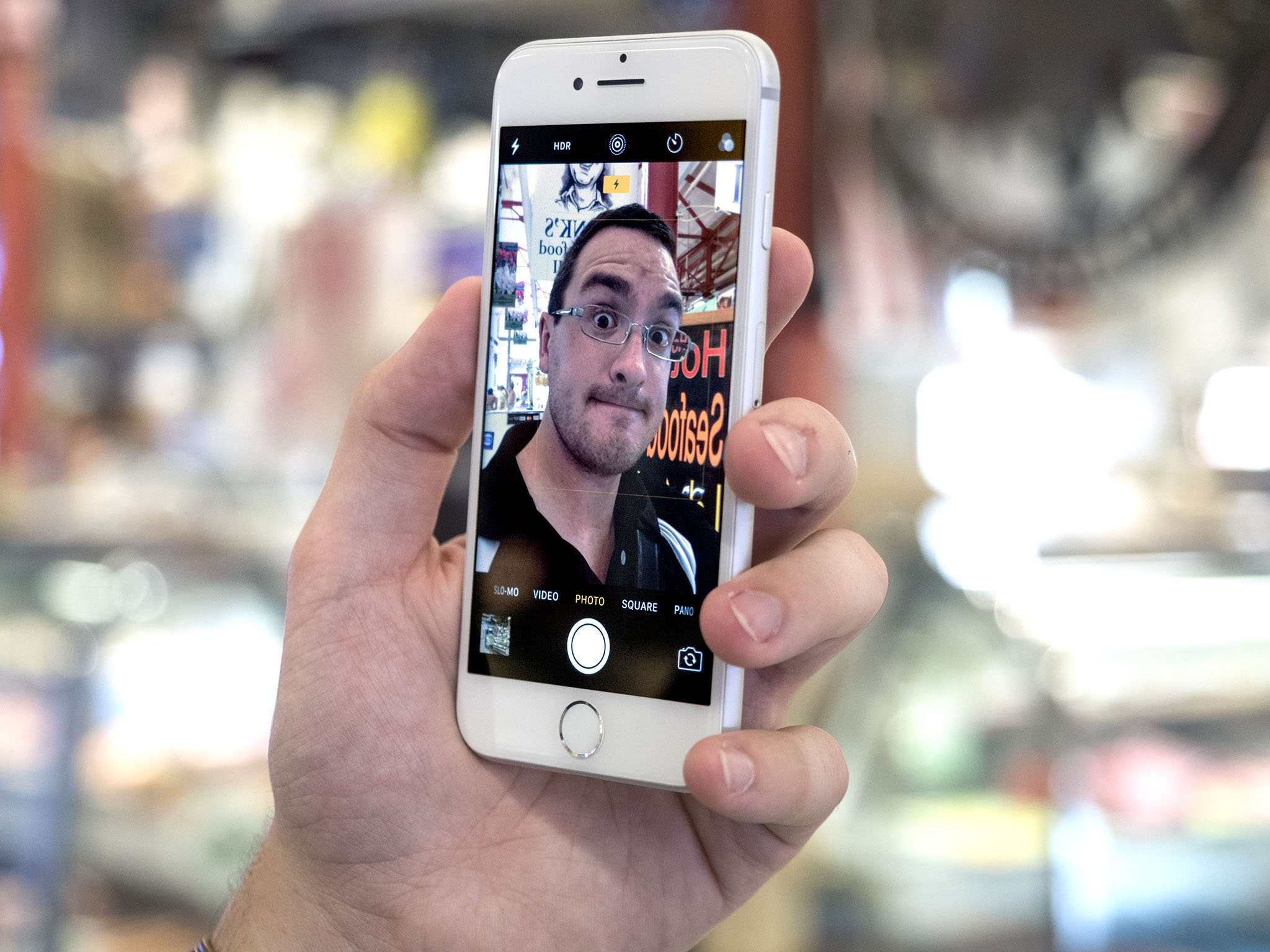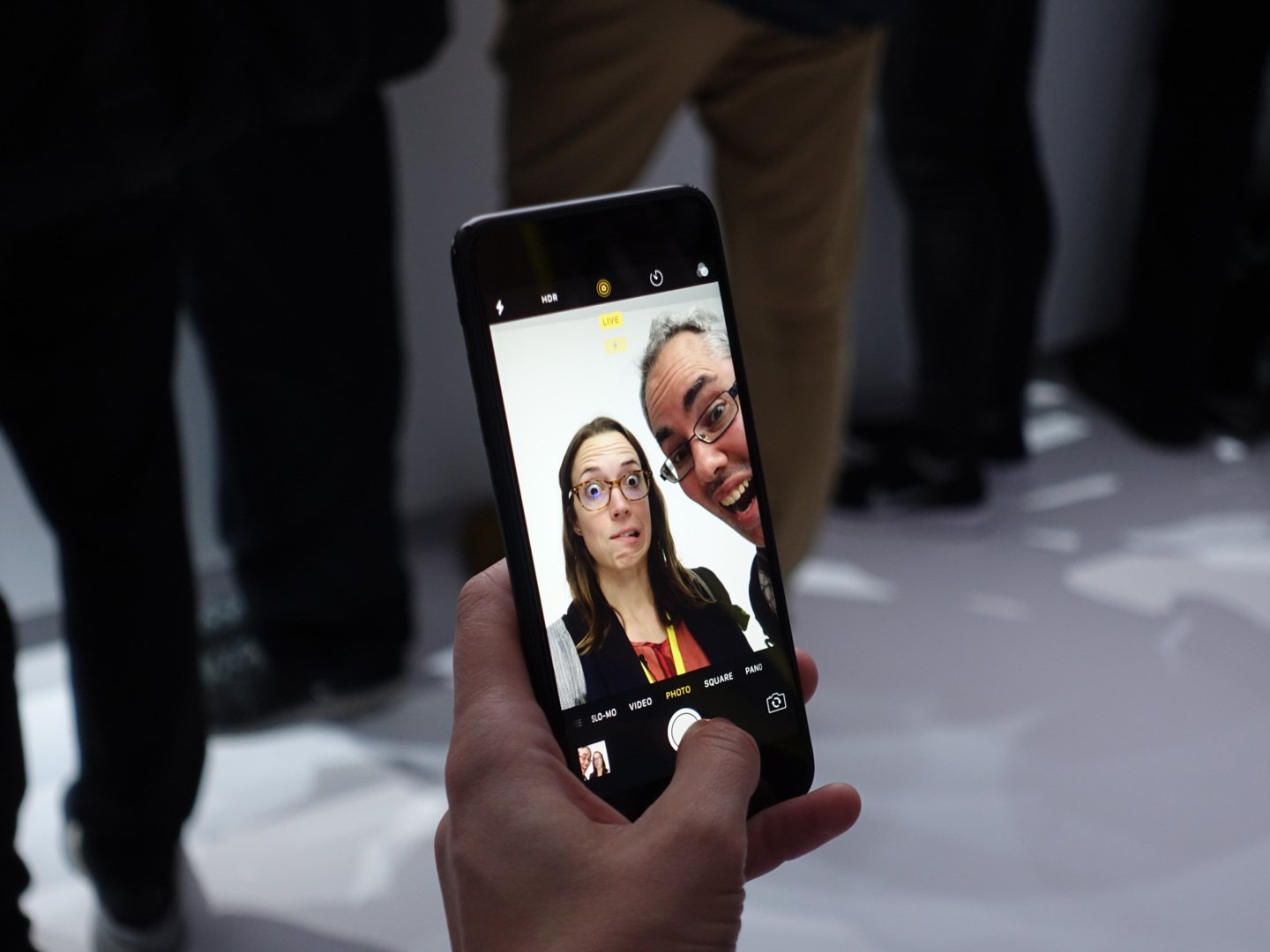Why Apple might switch to Face ID instead of Touch ID for iPhone 8

There's been an incredible amount of noise and speculation over Touch ID on iPhone 8. Apple no doubt knows exactly what it's doing, but the decision-making process of Apple's past is finally echoing into media's present. And that makes it worth thinking about.
Way back in January 2015, I wrote about Apple deleting the physical Home button so the company could minimize the bezels in iPhone 8:
Imagine a future iPhone where the screen goes to the edge on both sides, disappearing not at the curve but as the curve. Imagine an iPhone where the FaceTime camera and earpiece take up almost no space, and the screen reaches almost all the way to the top. And imagine an iPhone where the Home button is replaced by some new technology that can still allow for a physical escape to a known state, that can still scan fingerprints and authenticate, but that also lets the screen reach almost all the way to the bottom.
We got the virtual Home button with iPhone 7, but, according to rumors, embedding Touch ID under the edge-to-edge display of iPhone 8 was more of a challenge.
Back to front
Previously, in the iPhone 8 rumor mill, we saw reports that Apple was considering going with Touch ID on the back of the device instead, similar to how many Android phones have done it. That's what Samsung, apparently, had to do with Galaxy S8.

Apple uses its own technology, built on what it acquired from Authentec just prior to the launch of iPhone 5s and Touch ID. That and an additional 6 months might let Apple succeed where Samsung did not.
Otherwise, well, Touch ID was only ever the best solution to a particular problem at a particular time — making authentication more convenient. That particular problem, though, now has other potential solutions.
Cutting knots
If Apple can't get Touch ID to work reliably enough beneath the screen and doesn't want to move it to the back, then the company has tied itself into a knot. But knots, as the cliché about lateral thinking goes, can also be cut.
Master your iPhone in minutes
iMore offers spot-on advice and guidance from our team of experts, with decades of Apple device experience to lean on. Learn more with iMore!
Another way to solve authentication with convenience is facial scanning. Not the junky 2D scanning that's been bolted on to other phones to date but 3D scanning that can lock onto even more points of identification than fingerprints provide, within milliseconds, and do in a glance what Touch ID did on contact.
That's a hard thing to do, but then fingerprint scanners were junky before Touch ID as well. It often takes a company with the resources, vision, and integration of Apple to push exactly these kinds of solutions forward.
Samsung, for example, tried both face scanning and iris scanning in the Galaxy S8, but you had to choose one or the other. That was problematic because one worked better in bright light and the other low light. One was fooled by photos, the other not.

For face recognition to be a proper solution, it would have to work in bright light and lowlight and not be fooled by photos. (Just like Touch ID can be spoofed by CSI-grade fake fingerprints, it's possible even good face recognition could still be spoofed by CSI-grade facial constructions.)
If Apple could provide just that type of Face ID — one that scans "3D" for the deeper structure and not just the surface pixels and that works in a range of lighting conditions and not just one or the other and triggers in milliseconds so the moment you lift your iPhone, it's already unlocking — then we could have another winner on our hands.
Face ID could do for facial identity sensors what Touch ID did for fingerprint identity sensors.
Pay-ing debts
The only real complication to Face ID replacing Touch ID isn't technological — it's institutional. Touch ID launched with iPhone 5s, but Apple Pay was only added a year later with iPhone 6. Financial institutions had a year, more or less, to come to grips with the technology and its security.
If Apple replaced Touch ID authentication with Face ID on iPhone 8, how quickly could it get those same banks and credit unions on board? Would it be instantly accepted, because Apple, or would it require some time in the real world to be proven secure enough for Apple Pay adoption?
Given how poorly executed some competing fingerprint ID solutions have been — storing full resolution photographs in world-readable directories — it's easy to think no one really cares about this stuff. But everyone cares when it's Apple. And that's actually a good thing for Apple users. The highest scrutiny leads to the best solutions.
Face over finger

While Apple already knows what's coming, the rest of us have a few months of lag time to fill with more rumor, speculation, and imagination.
My beautiful dream is still ambient security, where myriad biometric sensors, including face, eye, fingerprint, voice, gait, and more constantly, passively determine authentication and, if it ever drops below a threshold, prompts for active re-authentication.
We're likely years away from that, but Face ID, in place of or in conjunction with Touch ID, brings us one sensor closer.
And, ultimately, it's not about the technology — it's about solving the problem.

Rene Ritchie is one of the most respected Apple analysts in the business, reaching a combined audience of over 40 million readers a month. His YouTube channel, Vector, has over 90 thousand subscribers and 14 million views and his podcasts, including Debug, have been downloaded over 20 million times. He also regularly co-hosts MacBreak Weekly for the TWiT network and co-hosted CES Live! and Talk Mobile. Based in Montreal, Rene is a former director of product marketing, web developer, and graphic designer. He's authored several books and appeared on numerous television and radio segments to discuss Apple and the technology industry. When not working, he likes to cook, grapple, and spend time with his friends and family.

